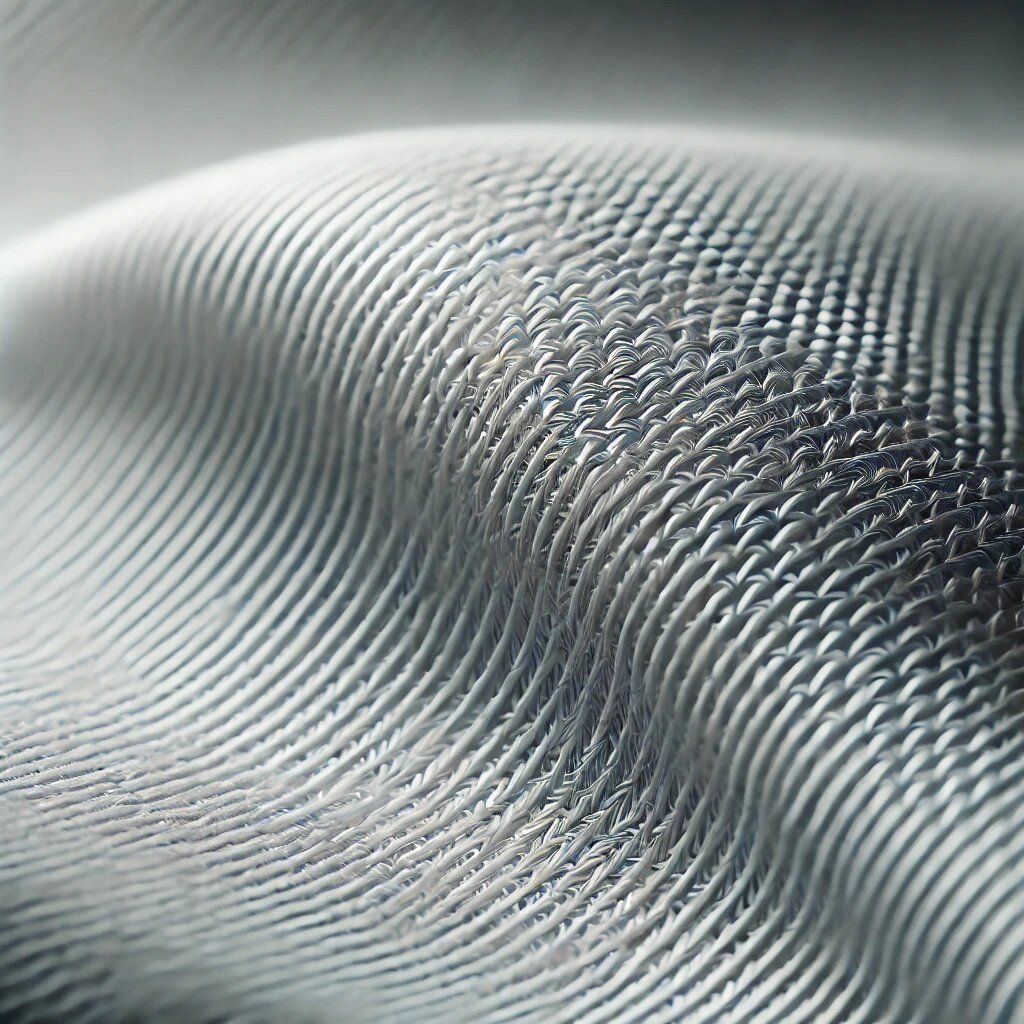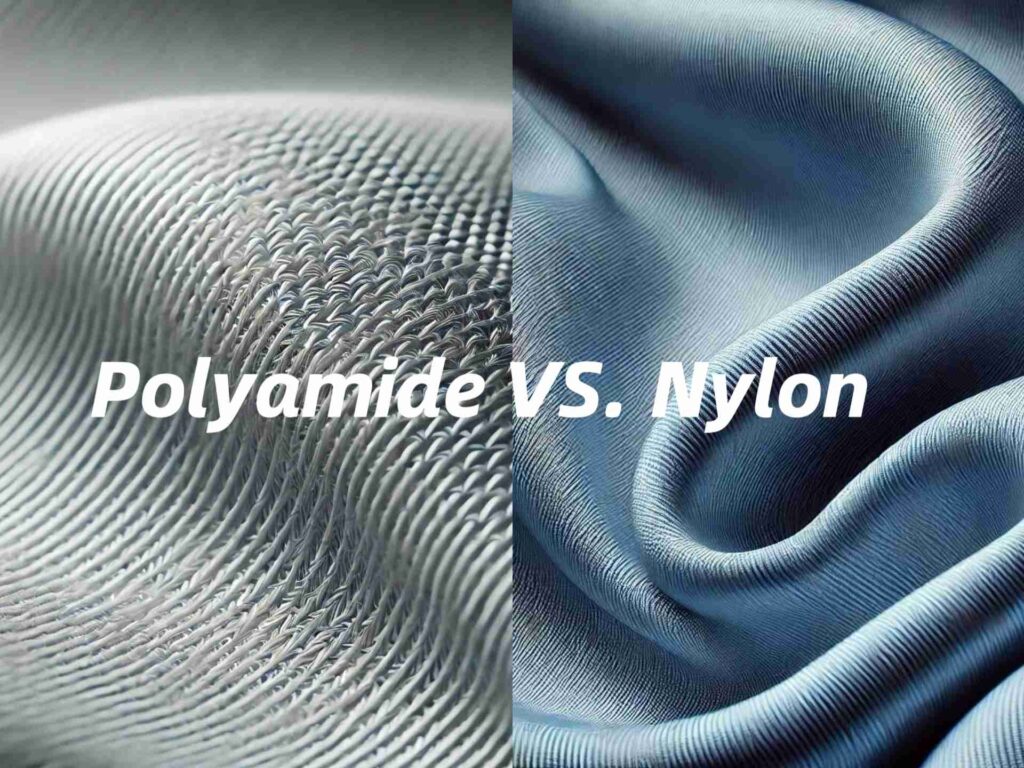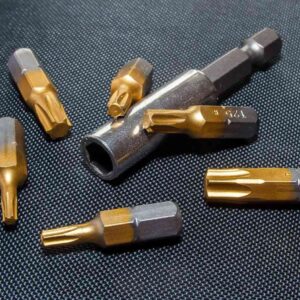Natural (cotton, wool, silk) and synthetic (polyamide, nylon) fibers have different qualities for different uses. Automotive, textile, and electronics sectors use thermoplastic polyamide and nylon for their strength, chemical resistance, and thermal stability. Polyamide’s elasticity improves auto fuel lines and fabrics. Nylon’s low friction coefficient suits gears and bearings. In the context of polyamide vs. nylon, nylon outperforms polyamide in high-performance applications. Along these lines, this article explains polyamide and nylon differences, features, and usage.
What is Polyamide?

Polyamides are polymers with repeated amide links (–CONH–). They may be natural (wool, silk) or synthetic (Nylon, Kevlar). The amide linkages contain polyamides’ strength, elasticity, and chemical and heat resistance. Moreover, heavy hydrogen bonding in polyamides improves crystallinity and mechanical characteristics. Because of their structure, polyamides might be adapted for textile fibers and industrial components according to molecular arrangement.
Types of Polyamide
- PA6 (Nylon 6) is a caprolactam-based synthetic polyamide with high tensile strength (40 MPa), impact resistance, and moldability. Automotive parts and machines utilize it.
- Hexamethylenediamine with adipic acid makes PA66 (Nylon 6,6), which has a greater tensile strength (up to 85 MPa) and heat resistance for high-temperature mechanical uses.
- PA11 is eco-friendly and made from castor oil, a renewable resource. Due to its ductility, low density, and chemical resistance, PA11 suits auto fuel lines and flexible tubing.
- PA12, like PA11 but with somewhat different qualities, is more dimensionally stable and moisture-resistant. Precision sectors (electronics and medical equipment) employ PA12.
Common Applications of Polyamide
Polyamides’ mechanical strength and chemical resistance render them useful in industry. For example, the automobile industry uses polyamides in air intake manifolds, radiator end tanks, and engine covers, where high temperatures and mechanical stress are prevalent. Electrical connections are essential in electronics and appliances because of polyamide insulation and temperature resistance. Activewear, swimwear, and conveyor belts employ polyamides for durability. They can handle such harsh circumstances due to their moisture-wicking and elasticity.
What is Nylon?

In 1935, DuPont invented nylon, a thermoplastic polyamide. Nylon’s condensation polymerization chains are repeating units joined by amide bonds. What sets nylon apart is its ability to be easily melted and reshaped for injection molding and 3D printing. Furthermore, its highly crystalline structure gives it mechanical strength and abrasion resistance for stern industrial applications.
Types of Nylon
Nylon has multiple forms with distinct features for specific uses. For instance, Nylon 6 is renowned for its impact resistance and moldability in automobile components. Nylon 6,6 is employed in heat-resistant applications thanks to its higher melting point (about 268°C). In precise electronics, Nylon 6,10 and 6,12 have better dimensional stability and lower moisture absorption. Aerospace and medical equipment employ low-density, chemical-resistant Nylon 11 and 12.
Common Applications of Nylon
Nylon is used in consumer and high-tech industrial components. It suits swimwear, sportswear, and windbreakers due to its elasticity and quick drying. In ropes, parachutes, and tents, nylon’s strength-to-weight ratio is great for durability and lightness. Given its low friction coefficient and self-lubrication, nylon is utilized for gears, bearings, and bushings in industrial equipment. Engineered plastic goods benefit from Nylon 6,6’s heat resistance and mechanical stress stability.
Polyamide vs. nylon comes down to applications and qualities. Nylon is a subset of polyamide, but polyamides cover a broader range of polymers, including natural and synthetic. The differences in melting point, tensile strength, and moisture resistance impact using polyamide vs. nylon in different industrial contexts. Both polymers fuel automotive and consumer textile innovation.
Differences between Polyamide and Nylon
Terminology
Polyamide is a broad class of polymers with amide bonds. But nylon is simply one polyamide subgroup. Although polyamides are nylons, not all are nylons. Kevlar and other aramid polyamides have different tensile strength and heat resistance than nylons. This “polyamide vs. nylon” differential matters in auto and textile uses, where molecular structure controls performance.
Fiber Type
Condensation polymerization of petroleum-derived chemicals produces nylon, a synthetic polyamide. Conversely, polyamides can be natural, including wool and silk, or synthetic, including nylon. In “polyamide vs. nylon” comparisons, Nylon 6 and 6,6 are petrochemical-based. On the other hand, keratin’s natural polyamide (found in hair and feathers) is protein-based. Additionally, natural polyamides breathe, while synthetic ones are strong and elastic, affecting end-use.
Strength and Durability
Other polyamides can be stronger than nylons. Nylon 6,6 has a good tensile strength (85 MPa). However, aromatic polyamides like Kevlar reach 3620 MPa. Essentially, nylon is ideal for automobile components and industrial ropes. Although polyamide fibers like PA11 and PA12 have lower tensile strength, they suit applications that need flexibility over shear strength. Engineers constructing high-load-bearing parts must consider this in the “polyamide vs. nylon” debate.
Moisture Resistance
Polyamide can be less hydrophilic than nylons. For example, Nylon 6 absorbs 9.5% moisture at saturation, while PA12 only absorbs 1.5%. Still, in some cases, nylon might be more moisture-resistant than polyamides for outdoor applications, including parachutes or tents. Plus, PA6’s higher moisture absorption can cause dimensional instability in humid environments. It is essential in “polyamide vs. nylon” discussions when the application embroils exposure to water or moisture.
Abrasion and Heat Resistance
Nylon resists abrasion better than other polyamides. Under continual movement, nylon’s low coefficient of friction (0.1–0.3) decreases gear and bearing wear. Nylon 6,6 melts at 268°C for high-temperature settings. Yet, PA6 has a lower melting point (223°C) and less abrasion resistance. It renders nylon the superior “polyamide vs. nylon” option for high-stress applications.
Static Electricity Generation
Static electricity matters in “polyamide vs. nylon” comparisons. Nylon generates higher static charge owing to its polar and symmetrical chemical structure. It is troublesome in static-prone electronics and textiles. Other polyamides, including PA12, have a chemical structure that decreases static buildup for cleanrooms and medical settings that need to prevent ESD.
Flammability
Thermoplastic nylon and polyamide melt when heated. Nylon melts cleanly at 268°C, but polyamides like PA12 melt at 178°C and burn with more smoke. In flame-retardant applications, “polyamide vs. nylon” must account for chemically modified nylons, including flame-retardant Nylon 11. Conversely, general-purpose polyamides may need additives for safety.
Polyamide vs. Nylon: Which Should Be Chosen?
When choosing between polyamide vs. nylon, the decision counts on many factors.
First of all, application-specific requirements are important. If you need high tensile strength and resistance to wear, Nylon 6,6 might be optimum. However, suppose flexibility and lower weight are more critical. Then, PA12 (Nylon 12) may be suitable, given its lower density and flexibility for automotive and packaging applications. Next, heat resistance is another factor. Nylon 4,6, with a melting point of approximately 295°C, suits high-temperature electrical insulation or engine components. In contrast, while strong, polyamide PA66 might degrade in such extreme heat.
Environmental conditions matter. For moisture-rich environments, nylon’s moisture resistance may come into play with its use in ropes and textiles. Yet, some polyamides can absorb more moisture to impact dimensional stability in humid settings. Cost is another consideration. With its balance of durability and processability, nylon can be more cost-effective for mass production. Still, for specialized applications demanding chemical or impact resistance at higher temperatures, semi-aromatic polyphthalamides (PPA) may be worth the higher cost despite their complexity.
For instance, in automotive, heat, chemicals, and load-bearing capacity are common challenges. Here, PA66 are used in fuel lines and air intake manifolds. Nevertheless, in textile manufacturing, nylon’s elasticity and quick-drying features render it go-to for activewear and hosiery.
If you still need help in choosing the right material for specific applications, contact ShanenTech.
FAQs about Polyamide vs. Nylon
Which Is Better Nylon Or Polyamide?
Nylon is better at wicking moisture. It resists rain and moisture well. Polyamides are somewhat hydrophobic and less resistant. The two materials have distinct chemical structures.
Is Polyamide More Expensive Than Nylon?
Although nylon is more costly than other polyamides, it may be best for applications that need its qualities. A reliable supply chain needs assessing the market availability of the selected material.
What Are The Disadvantages Of Polyamide Fabric?
High cost and moisture absorption might be notable disadvantages of polyamide material.




